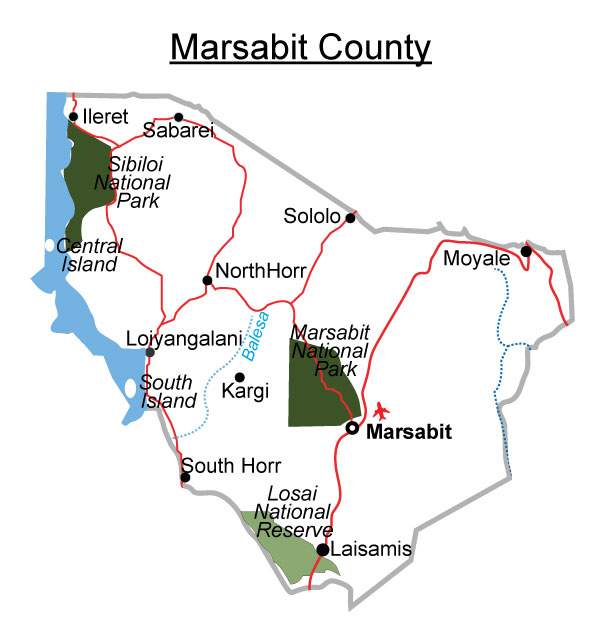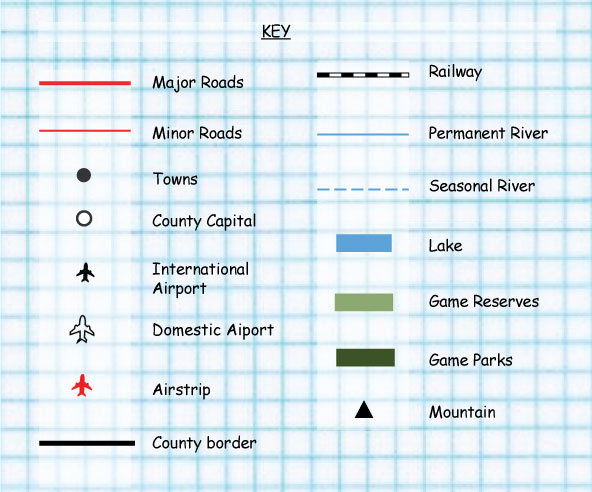- Formerly Makueni District is a county in the former Eastern Province of Kenya. Its capital and largest town is Wote.
- The county has a population of 884,527 (2009 census) and an area of 8,008.9 km².

It consist of 4 constituencies
Rivers
Lakes
Mountains
Hills
Plains
Valleys


- 40% of the people living in Marsabit County are Christians, 32% are muslims, while 28% adhere to other religions.
- The county is populated by various ethnic communities including the Cushitic Rendille, Gabbra and Borana as well as the Nilotic Samburu and Turukana.
- They keep camel, cattle, goat and sheep although the camel is the most essential to the economy.
- Among the ethnic groups, men are traditionally responsible for taking care of animals, while women take care of their children and performing day to day chores in the home.
Moyale is the highly populated in Marsabit county since it’s the largest town.
- Gubissa, the naming ceremony for the eldest son, is an important moment of the social life of the Borana people, an ethnic group living in northern Kenya.
- The celebration is held between sixth months and two years since the baby’s birth.
- Eight days before the ceremony, a large hut, the galma, is built and the child’s father invites the family’ numerous relatives to the naming ceremony.
- Each attendant to the event brings an oodha full of curdled milk as a gift, which is why the ceremony takes place after the heavy spring rains have greened up the pastures which provide abundant forage for cows.
Among the Rendille, a person's role in society depends on their age-set and gender. The Rendille have a well-defined age-set system, and a number of rituals take place every seven to 14 years to initiate people into different age-sets.
For men, circumcision is one of the most important rituals because it initiates one into warriorhood. The men are in charge of herding the livestock and protecting them from predators and rustlers from other tribes.Rendille women are charged with household duties and taking care of the children. Age-sets among women are less defined since a woman is either married or unmarried.
Miraa is the main cash crop grown in Marsabit County because of the
The keep camel, sheep, goat and cattle because they are an important economic asset, especially among pastoral and agro pastoral livelihood groups. They provide sources of livelihood through milk and meat.
NB: details of breeds are not required
Fishing is mostly carried out in Lake Turkana. The lake offers a fantastic opportunity for fishing Nile Perch, Tilapia and Tiger Fish, both from the shore and boat.
Chalbi desert
Elephants, buffalo, leopard, lion, zebra and giraffe.
Marsabit National park
Sibiloi National Park
Moyale and Marsabit are the major trading centers in this county.